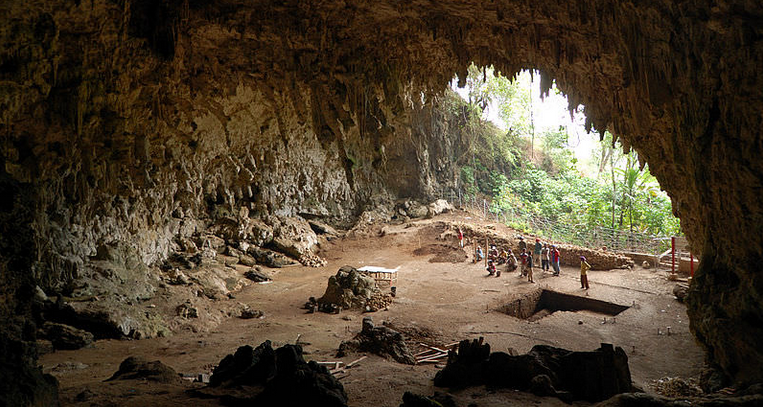The excavation of KNM-ER 1808, a Homo erectus specimen, in Kenya unearthed insights into the perilous dietary choices of our ancestors. The skeletal analysis revealed intriguing anomalies, such as coarse bone texture and irregular growth patterns, indicative of a disturbance likely caused by an overdose of vitamin A. This overdose was speculated to stem from the consumption of carnivore livers, rich in the nutrient. Despite the potential benefits of a varied diet, including the incorporation of meat, early hominins faced significant risks.
Sites like Gona and Kanjera South provided evidence of tool use for scavenging or hunting, suggesting a transition towards meat consumption. However, hunting presented its own perils, from potential injuries to the expenditure of precious energy. Even seafood, favored by some hominins, carried dangers, with evidence of crocodile encounters in fossil records.
Do I need to worry about sleeping with my phone next to my bed?
In addition to meat, plant-based foods mitigated risks, although they too posed challenges due to inherent toxins. Furthermore, insects and honey, though rich in nutrients, were not without their hazards, such as venomous bites and the threat of bee stings.
Source: Ancient Origins






































